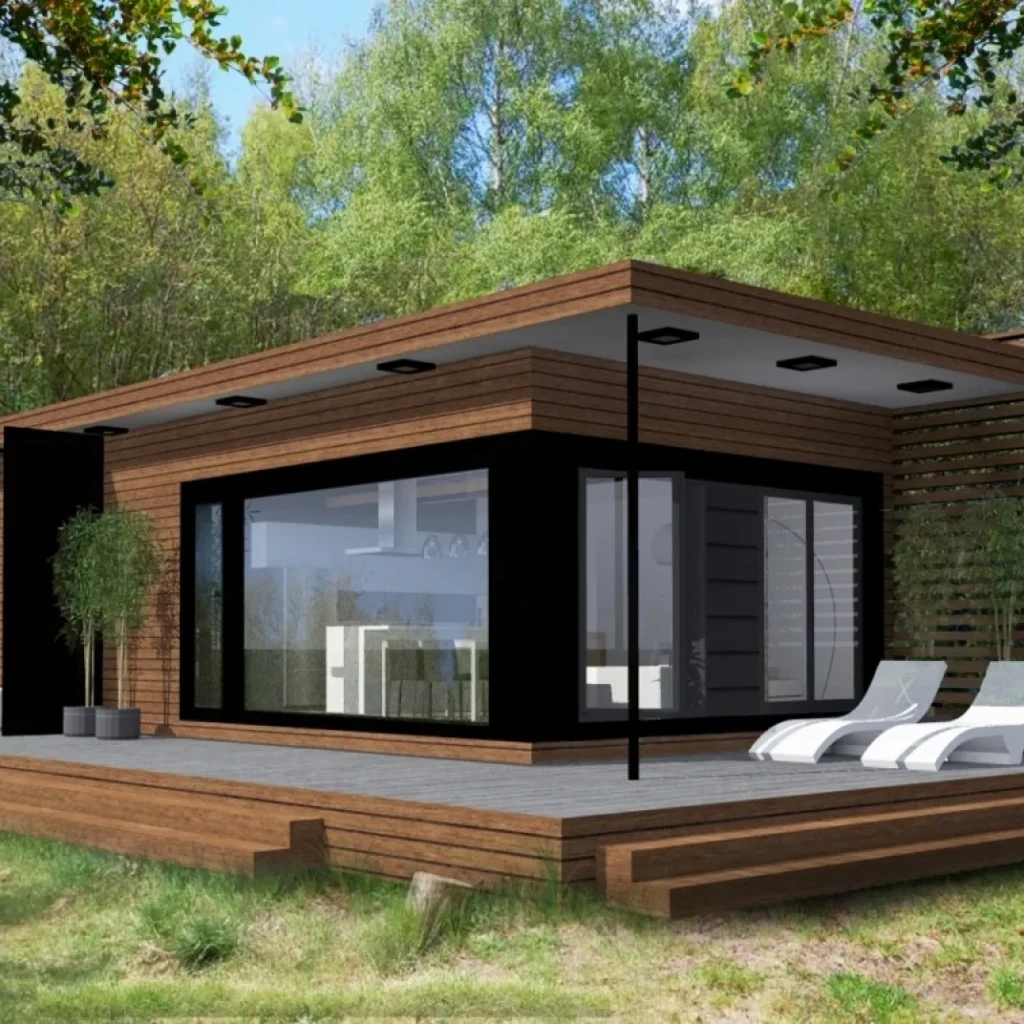Passive design architecture is a strategy that leverages natural energy sources to create comfortable, energy-efficient buildings with minimal reliance on mechanical systems. This approach not only reduces energy consumption but also aligns with sustainable and eco-friendly practices, making it a vital component of modern architectural design.

Principles of Passive Design
The core of passive design lies in maximising natural resources such as sunlight, wind, and shade. Below are the foundational principles:
- Orientation and Site Planning
Proper building orientation is crucial in passive design. Structures should be positioned to maximize solar gain in winter and minimize it in summer. This involves considering factors like the angle of the sun, prevailing winds, and surrounding landscape. - Thermal Mass
Thermal mass materials, such as concrete or stone, store heat during the day and release it at night. This helps in maintaining a consistent indoor temperature, reducing the need for artificial heating or cooling. - Natural Ventilation
Utilising cross-ventilation and stack ventilation allows for fresh air circulation, improving indoor air quality and reducing dependence on air conditioning systems. Windows, vents, and openings should be strategically placed to harness wind flow. - Insulation and Airtightness
Insulation minimises heat transfer, keeping interiors warm during winters and cool in summers. Airtight construction prevents energy loss, enhancing overall efficiency. - Shading and Glazing
Shading devices like overhangs, louvres, or pergolas reduce direct sunlight during peak hours, preventing overheating. High-performance glazing further controls solar heat gain while allowing ample daylight.
Benefits of Passive Design
Adopting passive design offers a multitude of advantages, from environmental to economic, making it an essential strategy for sustainable living.
- Energy Efficiency
Passive design significantly reduces the need for artificial heating, cooling, and lighting, leading to lower energy consumption and utility bills. - Environmental Impact
By relying on renewable resources and reducing carbon emissions, passive design promotes environmental sustainability. - Improved Comfort and Health
Natural light and ventilation create a healthier and more pleasant indoor environment, enhancing well-being and productivity. - Cost Savings
Though initial planning may involve additional costs, passive design leads to long-term savings through reduced energy and maintenance expenses.
Passive Design Strategies
Incorporating passive design involves thoughtful planning and execution. Here are some practical strategies:
- Building Envelope Optimization
The building envelope acts as a barrier between the interior and exterior. High-quality insulation, airtight seals, and double-glazed windows are key components of an optimised envelope. - Solar Design
Designing south-facing windows (in the northern hemisphere) or north-facing ones (in the southern hemisphere) allows for maximum sunlight during winter. In summer, shading devices protect against excessive heat. - Green Roofs and Walls
Green roofs and walls provide natural insulation and reduce heat absorption, while also enhancing biodiversity and air quality. - Daylighting
Maximising natural light through well-placed windows, skylights, and reflective surfaces reduces the need for artificial lighting. - Rainwater Harvesting
Integrating rainwater harvesting systems into the design ensures water efficiency, complementing the sustainable ethos of passive architecture.
Challenges in Passive Design Implementation
Despite its benefits, passive design architecture faces challenges that need careful consideration:
- Initial Costs and Expertise
Designing a passive building requires skilled architects and advanced materials, which can increase initial expenses. - Climate-Specific Adaptations
Passive design must be tailored to local climates. For instance, strategies effective in a cold region might not work in a tropical environment. - Space Constraints
Urban areas with limited space can pose challenges in implementing strategies like optimal orientation or large thermal masses.
The Future of Passive Design
As energy efficiency and sustainability become global priorities, passive design architecture is poised to play a central role in the construction industry. Governments and organizations worldwide are advocating for green building certifications, incentivizing the adoption of passive strategies. Additionally, advancements in materials and technology are making passive design more accessible and cost-effective.
Conclusion
Passive design architecture is not just a building technique; it is a philosophy that emphasises harmony with the environment. By intelligently utilizing natural resources, it offers a pathway to sustainable, comfortable, and cost-efficient living spaces. As the world grapples with climate change and energy challenges, passive design represents a timeless solution for creating a greener future. Embracing this approach will not only conserve energy but also inspire innovation and responsibility in the architectural domain.


Pingback: 3D architectural visualization